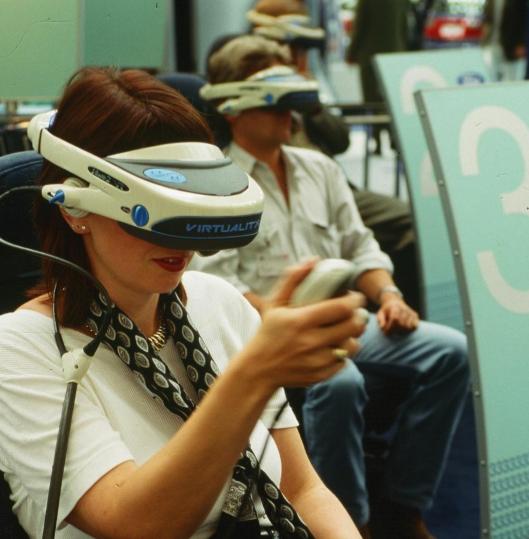
After a few years of stellar rise, untroubled by the warnings of skeptical critics, a reality check finally came for the many “disruptive” startups that had somehow earned unwarranted valuations and rolled in millions of dollars in investments. A correction had set in.
You might be thinking of today’s headlines, of cryptocurrencies and the funds backing them crashing in value. Or the folks who paid millions for bored-looking ape non-fungible tokens (NFTs) now selling them for a huge loss.
Actually, I’m thinking of the dot.com bust of around 2000, when many overhyped and underwhelming technology and telecom companies simply collapsed under unfulfilled promises to be the next big Internet sensation.
You can’t help but think of Global Crossing, which went about building the backbone of the Internet, but went burst simply because it could not deliver the value it was envisioned to provide. Valued at US$47 billion at the peak of the dot.com boom in 1999, the company never made a profit before going bankrupt in 2002.
Of course, some dot.coms made it out okay. Amazon, for example, managed to survive the difficult years by growing its online store beyond books sales and later to selling the cloud expertise it had built up over time.
It’s true, we’ve seen this movie before. The meltdown of dot.coms around 2000 has a similar look to the growing skepticism of today’s so-called Web3 future technologies.
Like before, they promise to change the world. Like the early Internet (Web version 1), they are expected to open up the world and decentralise control of not just of information but also finance and just about anything important.
And as before, Web3 promises to be a better way for people to connect. This time, the blockchain technology behind it, just like Internet Protocol (IP) triumphed over proprietary technologies, is meant to be the underlying technology that enables all this disruption for good.
To get there, however, there are many stumbling blocks. For one, a lot of work is still needed to make blockchain work efficiently – the security involved means that you often need to check up multiple parties to okay or approve a transaction today, which takes too much energy in today’s climate.
Then, there is the question of need. Today’s centralised world, with the likes of Google, Amazon, Apple and Big Tech players holding all our data in their huge data centres, isn’t ideal for privacy, but it means fast and free services.
Many people complain about privacy but many more might give it up for something free, like e-mail or car navigation.
All this is not to say that Web3 can’t overcome its issues today. Rather, these stumbling blocks are what you’d expect to come up against if it is meant to make a difference.
Some cryptocurrencies that are backed by other non-stable assets, like Luna which recently cratered, had been called out as problematic early despite their promises to be stablecoins.
Critics have also forewarned that NFT values had been built on too much hot air – unsurprisingly, even celebrity-backed ones such as the Bored Ape Yacht Club series are facing headwinds today. That’s not to mention the risks involved given the scams and fake content out in the market.
Finally, even play-to-earn games, like Axie Infinity, which promise to get gamers paid for simply by building up their characters and potentially trading their assets over time, are struggling to find a sustainable business model beyond an expectation of ever increasing numbers of gamers joining.
Now, perhaps, may be the correction that many of these technologies are facing. And you can argue, in a way, that’s not a moment too early.
Many old technology firms, again like Amazon, also had to find a way forward when their business models and technologies stagnated.
Amazon built e-commerce at scale and found its cloud engine to be a great tool to be sold to other companies. Google found ad dollars to be the way forward.
Similarly, many of today’s Web3 technologies are rooted in real-world uses. Blockchain as an open ledger can help build trust in a fully digital world, especially if you’re doing business virtually, and across borders, for example.
However, such technologies will encounter many false dawns, just like before. Nobody talks about Second Life, for example, that early metaverse, today unless as a lesson learnt for today’s pretenders.
And don’t make me bring up VRML, yes, Virtual Reality Modeling Language, that was supposed to help us display 3D graphics over the Web easily in the 1990s. It never took off, partly because of a lack of compelling apps.
What will eventually power Web3 forward? It’s hard to gaze into the crystal ball and not see the past. Only when the hype gets brought down to Earth will we see clearly the meaningful, impactful change the new technologies promise.














